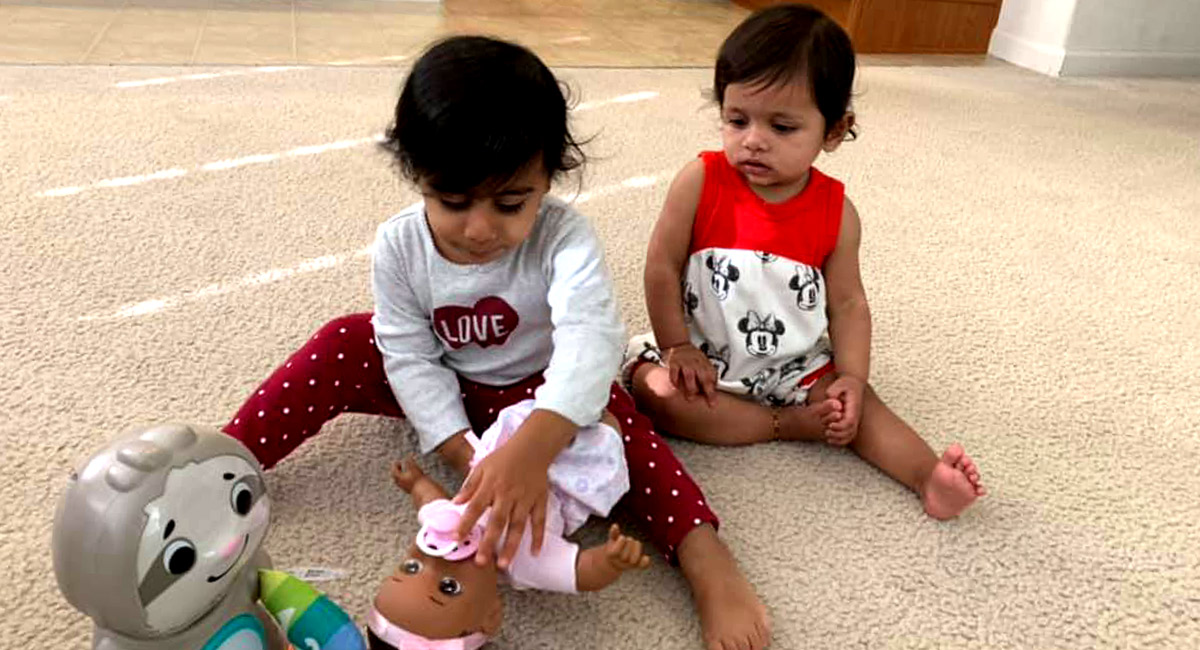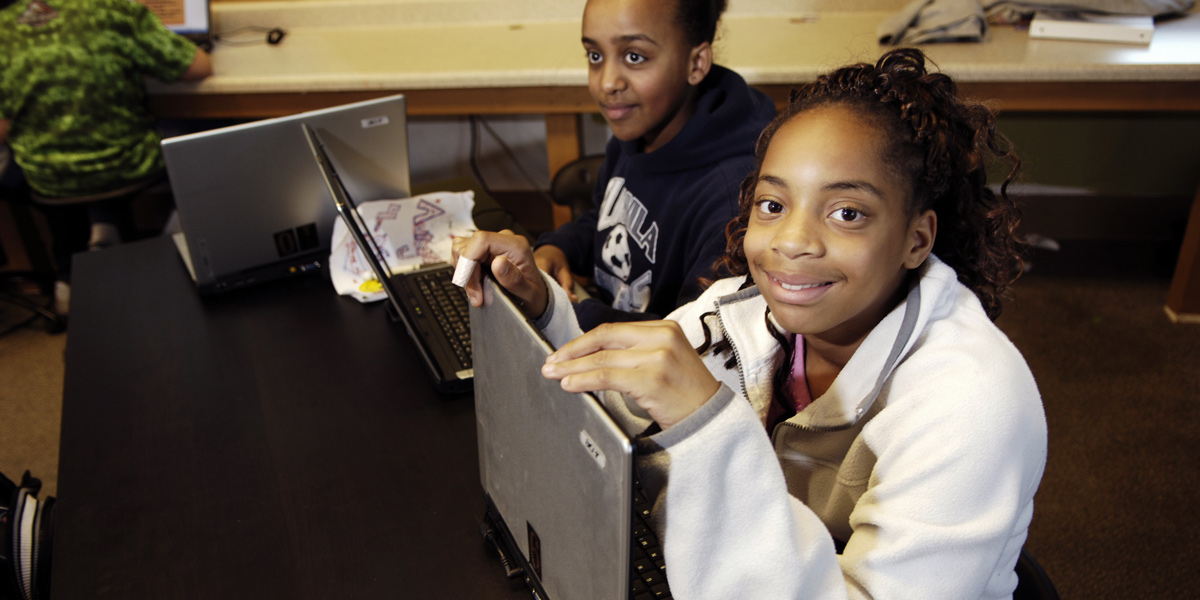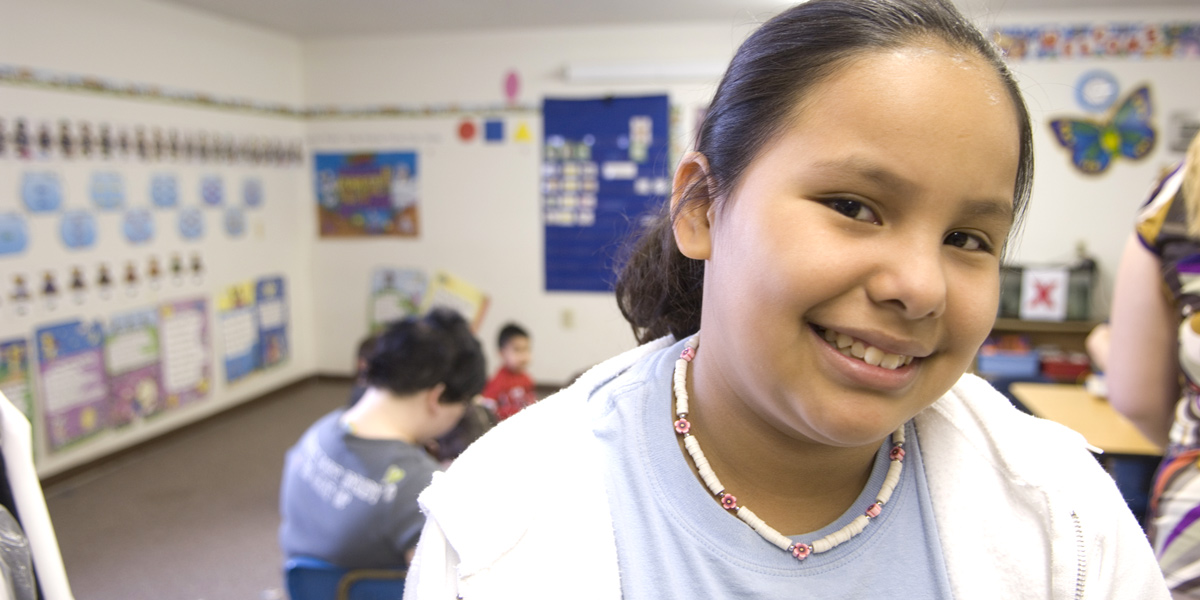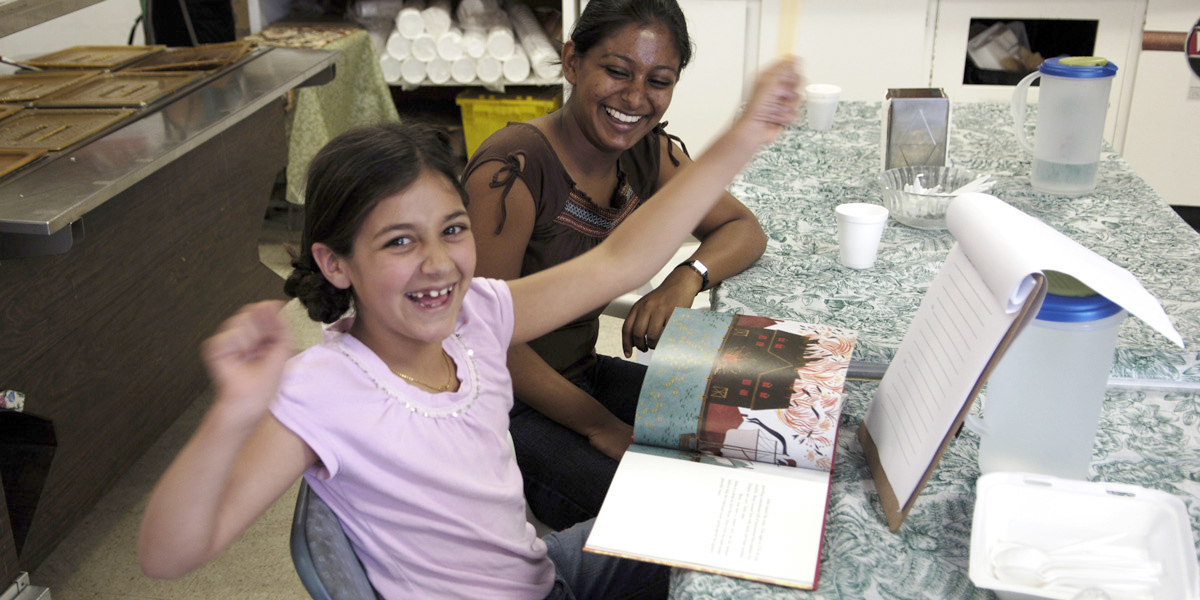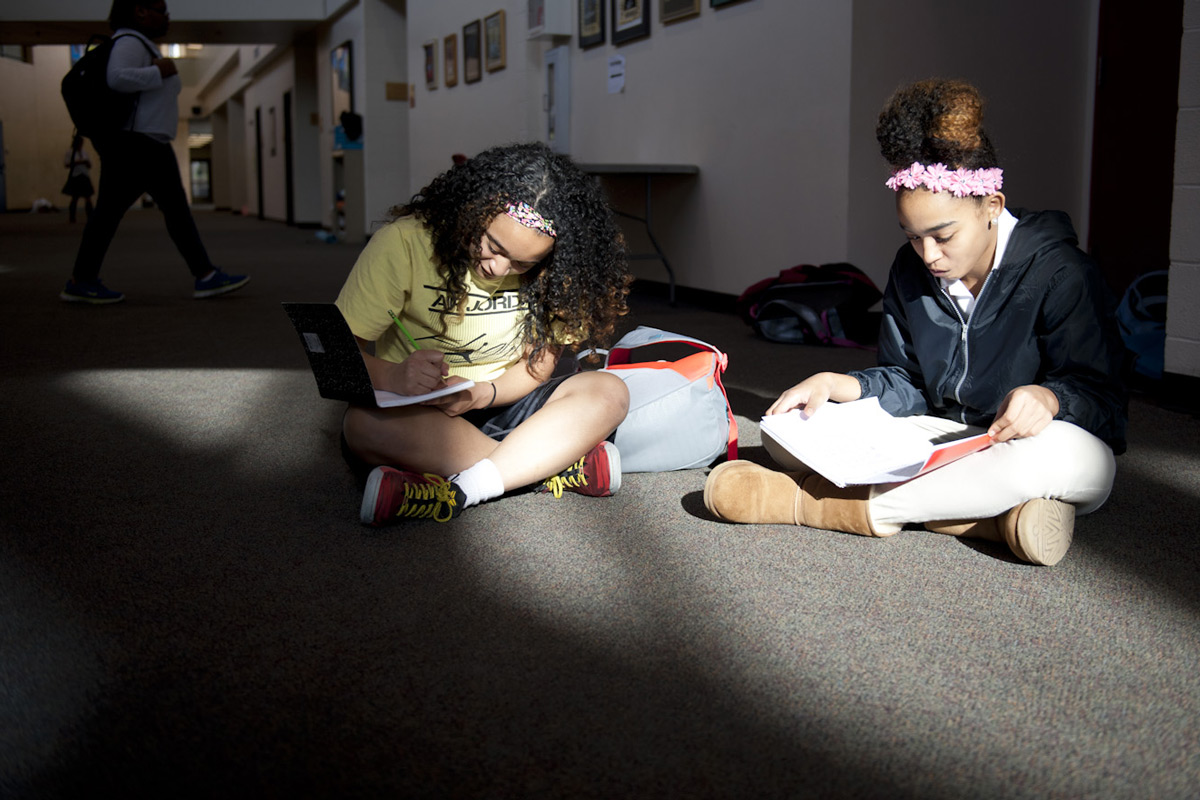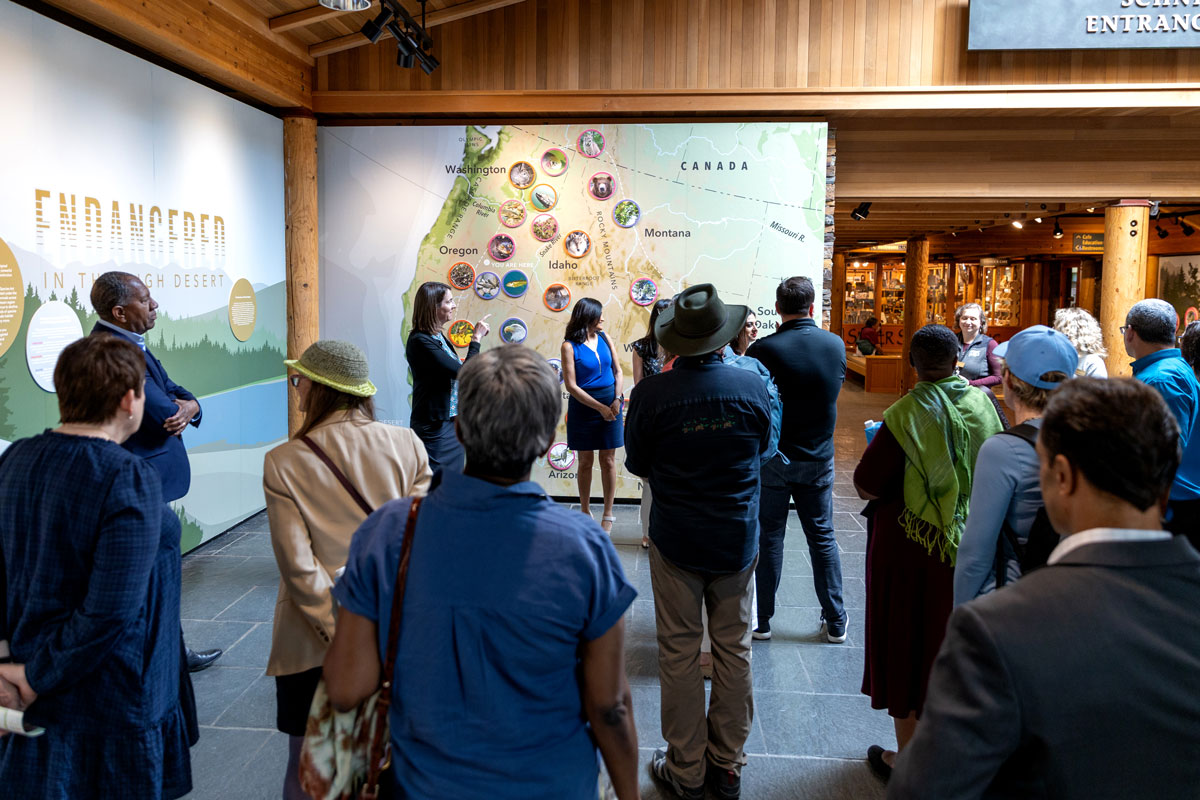Young kids are impressionable and need to see that they belong.
As a child growing up in South Minneapolis, I was the only person of color in my class in a predominately white Catholic school. Back then it never even occurred to me that a woman who looked like me could hold such a powerful position in the US.
I was a happy-go-lucky kid, a bit of a troublemaker, and an endless talker. I used to tell my mom I couldn’t wait to go to sleep at night. The sooner I fell asleep, the sooner I’d be able to go to school to see my friends.
One day in second grade, I was particularly anxious to get to school. We were exchanging our Secret Santa gifts. I remember my excitement as I peeled back the wrapping paper. Then, when I saw what was underneath, I quickly used the paper to cover it again.
My classmate’s well-intentioned mother had picked out a Black doll for me. I felt a flash of embarrassment and a pit in my stomach. I wondered, Why did she give me this?
I felt suddenly exposed by the opening of that gift. As if the doll made my difference real—there was no denying it, no hiding. I was markedly different from everyone else in my class by the color of my skin, and that fact was sitting right in front of me in the form of this doll. I put the gift in my locker and didn’t want to look at it again.
The overt and subtle messages we absorb as children stay with us. At seven years old, I couldn’t understand the racial constructs that sent me the message that my brown skin wasn’t equivalent to my white peers. But I was intuitive, as many children are, and I could feel the tensions and differences between how my family did things compared to my classmates’ lives. I didn’t represent the “right” way to be or look. My skin was brown, the food we ate was spicy, and my black, curly hair was unruly.
